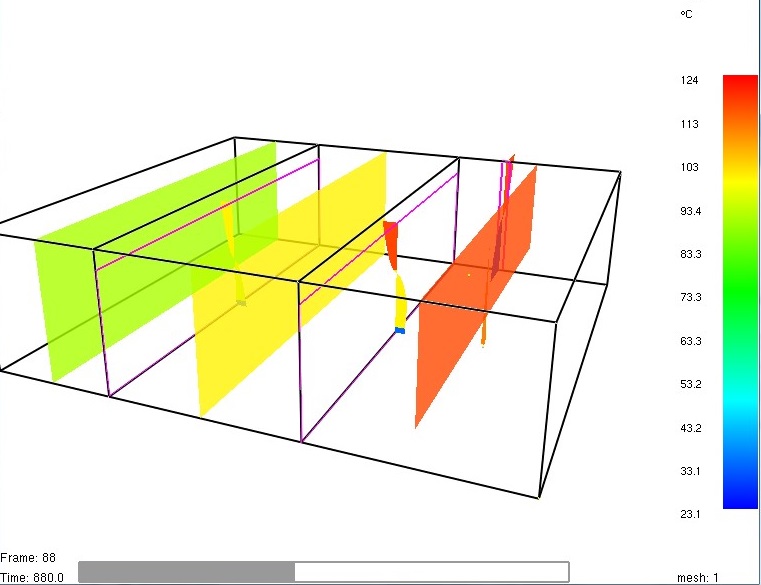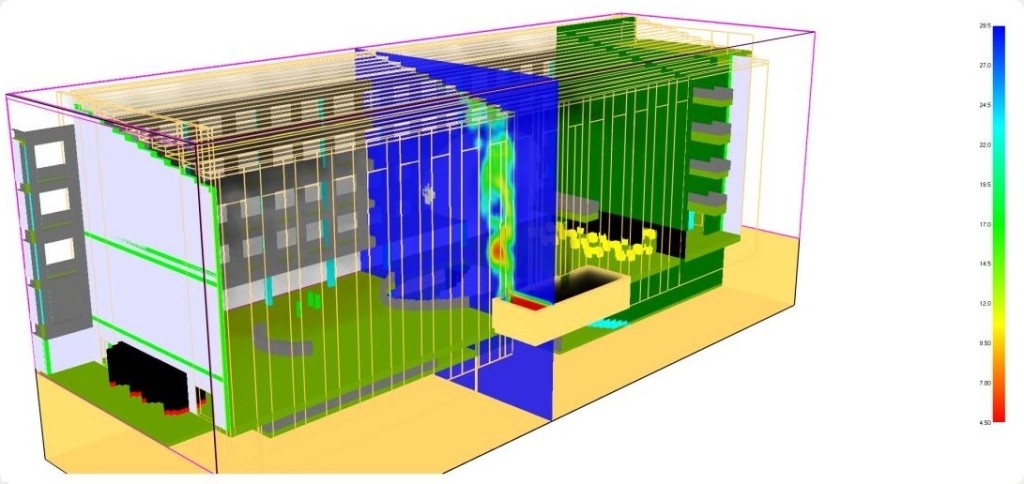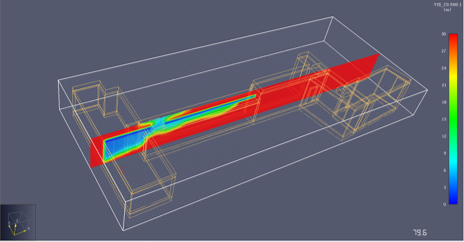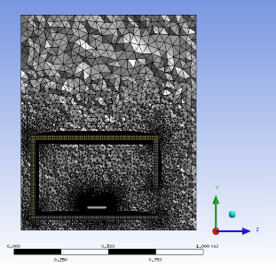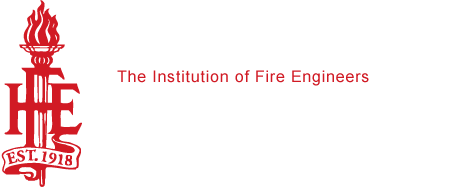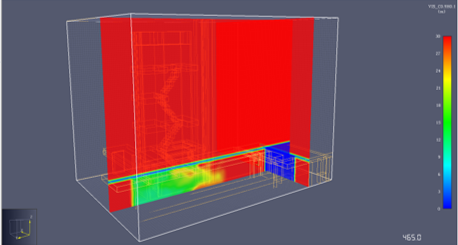
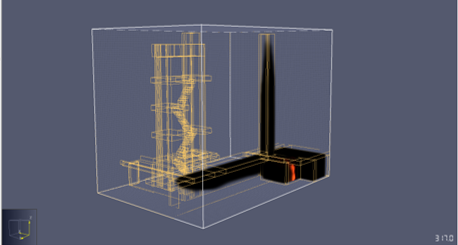
Bowes Street, Manchester
Project Type: CFD Study
Fire-Q were engaged to perform a fire engineering technical CFD (computational fluid dynamics) study for the proposed development at Bowes Street in Manchester. The travel distances of the corridors were greater than the limit for escape routes given in Approved Document B Volume 2. To compensate for this, CFD was employed to find the most cost-effective options for designing the smoke control system.
A combination of natural smoke ventilation, mechanical smoke ventilation and sprinklers systems were assessed via CFD modelling to ensure a fire would not impose an unacceptable level of risk to any persons. The performance objectives of the system were to maintain the staircase relatively free of smoke and to ensure the specified tenable limits for means of escape and fire service operations are provided within the corridors.
The design requirements of smoke ventilation systems and sprinkler systems were given according to the results of the CFD models and appropriate recommendations were given to design safe escape routes in case of a fire inside the building.
